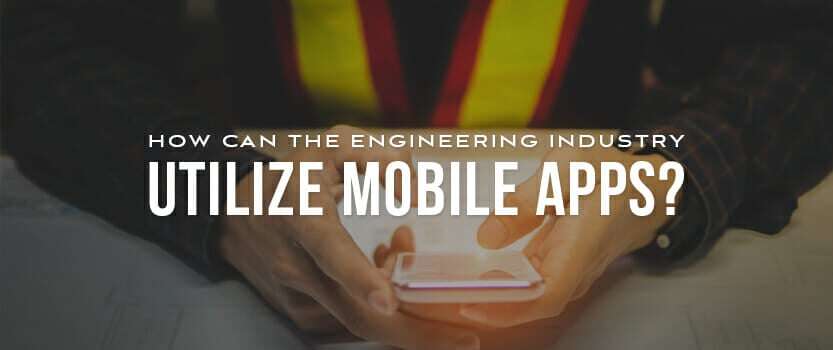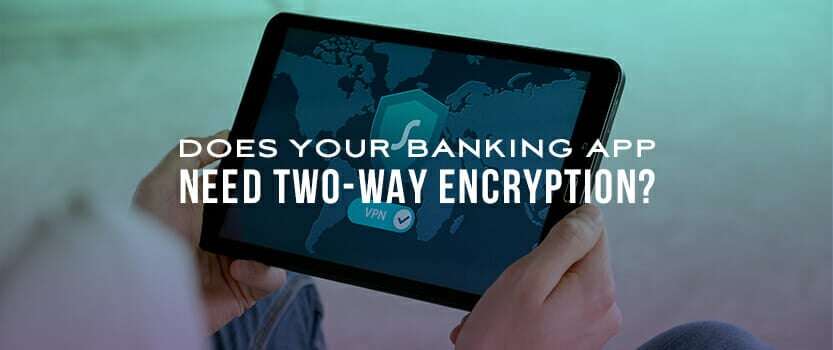3 min read
App Alerts: Personalizing Security for Your Banking Clients
43% of people in the US are using mobile banking as of 2019. There is a greater necessity now more than ever to provide personalization to...
Improve customer satisfaction and increase operational efficiency with a client portal.
Take control of your operations with customized software solutions.
Help your in-house dev team get more done, faster with our Midwest-based experts.
Similar to COVID, hacking has become increasingly common these days. As many businesses and individuals move online, the consequences of information stolen due to hacking can be critical.
Banking apps are particularly vulnerable to attacks such as these. In 2020, Positive Technologies conducted a study involving 14 mobile banking applications and tested them for vulnerabilities and threats. From the client’s side, attackers can access a user’s data in 13 out of the 14 applications tested. Meanwhile, on the server’s side, the study found on average 23 server-side vulnerabilities on each app.
Recent tests such as Positive Technologies provide a compelling case as to why banking apps need firm and rigid security measures in place. One such example of bolstering defense is including two-way encryption on mobile banking apps.
Data encryption transforms data into another form so that only people with a secret key or password can interpret the information. By taking the data and scrambling the original message, this technology prevents third parties from understanding the private data even if they intercept it during the transfer process.
Additionally, there are three drive key security initiatives that maintain confidentiality during the data encryption process. They include:
There are two key ways that hackers can break security measures protecting data encryption:
However, there are various banking apps that will notify you if your information was compromised. For example, if Bank of America notices a suspicious transaction, they will send you a notification instantly and give you 60 days to verify or decline the claim.
Two-way encryption involves an encrypt and decrypt function. Encrypting is the process of taking plain text and scrambling the message into an unreadable format. After someone inserts their password, the contents are scrambled and the information is sent to another entity.
This entity, the recipient, receives the ciphertext and transforms the information into the original message – this is referred to as decryption. Both the sender and recipient must use a secret encryption key to unlock the message.
Encrypted data can only be read by someone with a code or password that unlocks the information. Typically, hackers cannot access this information without using brute force or other methods.
However, two types of security methods that further enhance php two-way encryption. They are as follows:
Furthermore, there are various types of encryptions that have been used or are currently in place at various institutions. These include:
Now that you know the basic overview of two-way encryption, you may consider using it along with other security measures. In doing so, you may develop trust between you and the consumer, and further protect their valuable information.
DDoS is known as a brute-force tactic in which hackers attempt to overload a website. By doing so, they make the website unable to respond to actual users’ requests. You can prevent these attacks by having a dedicated server, as it is more capable of security defense than a public server. If you want to learn more about anonymous DDoS attacks and other helpful security measures for your banking apps, then please refer to our article that goes into greater depth about protecting your banking app.
The biometric system captures unique and useful information about a person for security reasons. This information may include:
When Onsharp worked with Gate City Bank, we created a Touch-ID on the login page of the mobile app. Not only does it make it easier for users to use their account, but by requiring their fingerprint, we made sure that Gate City Bank’s security is of a high standard.
Click here to learn more about biometrics and how this security measure can help your consumers feel safe when using your service.
In giving users greater control to customize their alerts, they can be informed of important information in real-time. They can choose to have all kinds of alerts, such as:
The short answer is, yes, your banking apps can greatly benefit from two-way encryption, especially with an uptick in hacking in recent years.
There are also plenty of ways to enforce security on your banking app beyond two-way encryption. If you want more help on setting up your security, you can schedule an appointment for a free, 15-minute consultation with Onsharp. Together, we can create a final product that will make both you and your clients pleased and protected.

3 min read
43% of people in the US are using mobile banking as of 2019. There is a greater necessity now more than ever to provide personalization to...

2 min read
The engineering industry is an extremely important one. Its work is fundamental to the progress we make as a society. Despite that, until...

2 min read
It seems, in this day and age, that there’s an app for just about everything. People are increasingly relying on apps to monitor their most...
